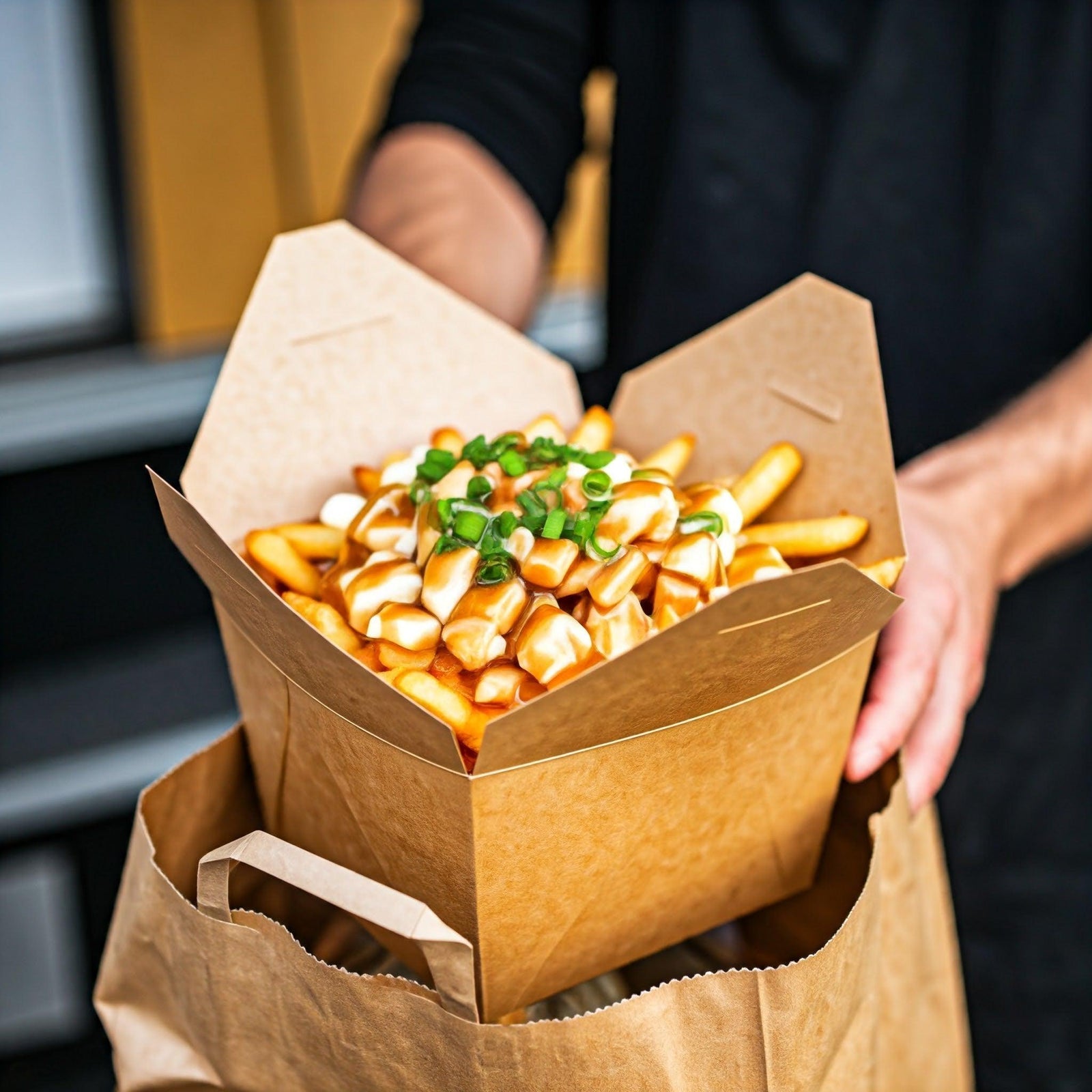In today’s competitive and fast-moving food industry, packaging is much more than a practical necessity — it’s a direct extension of your brand. Whether you're running a restaurant, café, food truck, or catering business, the packaging you choose influences customer experience, product freshness, brand perception, and environmental impact.
With a growing emphasis on convenience, sustainability, and food safety, selecting the right packaging requires a thoughtful evaluation of materials, functionality, and your business values. Below is a comprehensive guide to help you make informed packaging choices tailored to your food service needs.
📦 Food Packaging Materials: Pros, Cons, and Use Cases
🧴 Plastic Containers and Boxes
Plastic remains one of the most versatile and widely used food packaging options. Ideal for both hot and cold foods, plastic containers come in a variety of shapes and sizes with optional sealing lids that help preserve freshness and prevent leakage.

🔍 Note: PET plastic is not suitable for hot foods—for heat-resistance, opt for PP (Polypropylene) containers.
✅ Pros:
- Durable and lightweight
- Excellent for oily, wet, or hot foods (PP versions)
- Secure lids ideal for takeaway and delivery
- Stackable and space-saving
❌ Cons:
- Environmental concerns due to plastic waste
- Recycling limitations depending on the type of plastic
Best for: Takeaway meals, meal prep services, cold salads, or hot entrees when using PP plastic.
📦 Cardboard Packaging
Cardboard is a classic go-to for many food businesses, offering both customizability and eco-conscious appeal. While generally used for dry foods, options lined with PE (polyethylene) provide leak resistance for oily or moist dishes.

✅ Pros:
- Recyclable, compostable, and eco-friendly (especially unlined)
- Custom branding and printing options
- Lightweight and cost-effective
- Suitable for on-the-go consumption
❌ Cons:
- Poor heat insulation
- Can weaken with moisture unless PE-lined
- Not ideal for long-distance delivery
Best for: Burgers, wraps, sandwiches, baked goods, or quick-serve takeaway.
🌱 Bagasse Packaging
Bagasse is an increasingly popular eco-friendly material, made from sugarcane byproducts. It’s fully biodegradable and compostable, making it a favorite among sustainability-focused businesses.

🌍 According to Enviropack, bagasse packaging breaks down within 30-90 days in composting conditions and is ideal for reducing environmental impact.
✅ Pros:
- 100% compostable and biodegradable
- Renewable resource (sugarcane fiber)
- Naturally grease- and heat-resistant
- Suitable for hot and cold foods
❌ Cons:
- Less sturdy than plastic in some cases
- Some varieties lack leak-proof lids or closures
- Not always microwave-safe unless specified
Best for: Eco-conscious food service, compostable takeaway containers, organic or plant-based brands
🔗 More on the benefits of Bagasse packaging
🧊 Foil Containers and Trays
Foil containers are valued for their excellent heat retention and protective qualities. They’re especially effective for hot dishes, baked meals, or items that require insulation during delivery.

✅ Pros:
- Excellent for retaining heat
- Barrier to light, oxygen, and moisture
- Oven-safe and recyclable in some regions
❌ Cons:
- Not biodegradable
- May not align with eco-branding initiatives
Best for: Lasagnas, pies, curries, or oven-ready meals
🧻 Paper Containers (e.g., Soufflé Pots with Wax Coating)
Wax-coated paper containers are perfect for sauces, dressings, condiments, or sampling portions. They're compact, lightweight, and typically biodegradable.

✅ Pros:
- Grease- and moisture-resistant
- Compostable and biodegradable (wax-coated)
- Great for small portions, samples, or condiments
❌ Cons:
- Limited to low-volume, non-main meals
- Not suitable for large or heavy dishes
Best for: Dips, sauces, soufflés, side portions, food tastings
💡 Key Considerations When Choosing Packaging
When selecting packaging for your food business, keep these factors in mind:
- Food Type: Is it hot or cold? Greasy or dry? Liquid or solid?
- Sustainability Goals: Do you want compostable, recyclable, or reusable materials?
- Transport Needs: Will the food be delivered, picked up, or consumed on-site?
- Brand Presentation: Can you customize the packaging to reflect your brand?
- Storage & Space: Will the packaging stack easily? Is it space-efficient?
- Local Regulations: Are there local laws encouraging or requiring sustainable packaging?
✅ Final Thoughts
Choosing the right food packaging isn't just a logistical choice — it's a strategic one. The packaging you select communicates your brand’s values, commitment to quality, and customer care. Whether you're emphasizing sustainability with bagasse, looking for durability in plastic, or offering classic convenience with cardboard, the right packaging enhances both the product and the experience.
At R3 Sales, we’re here to help you source reliable, high-quality food packaging at competitive prices. From eco-friendly solutions to heavy-duty containers, we offer options to suit every food business.
📦 Ready to upgrade your food packaging?
Browse our full product selection or contact us for a custom quote.

